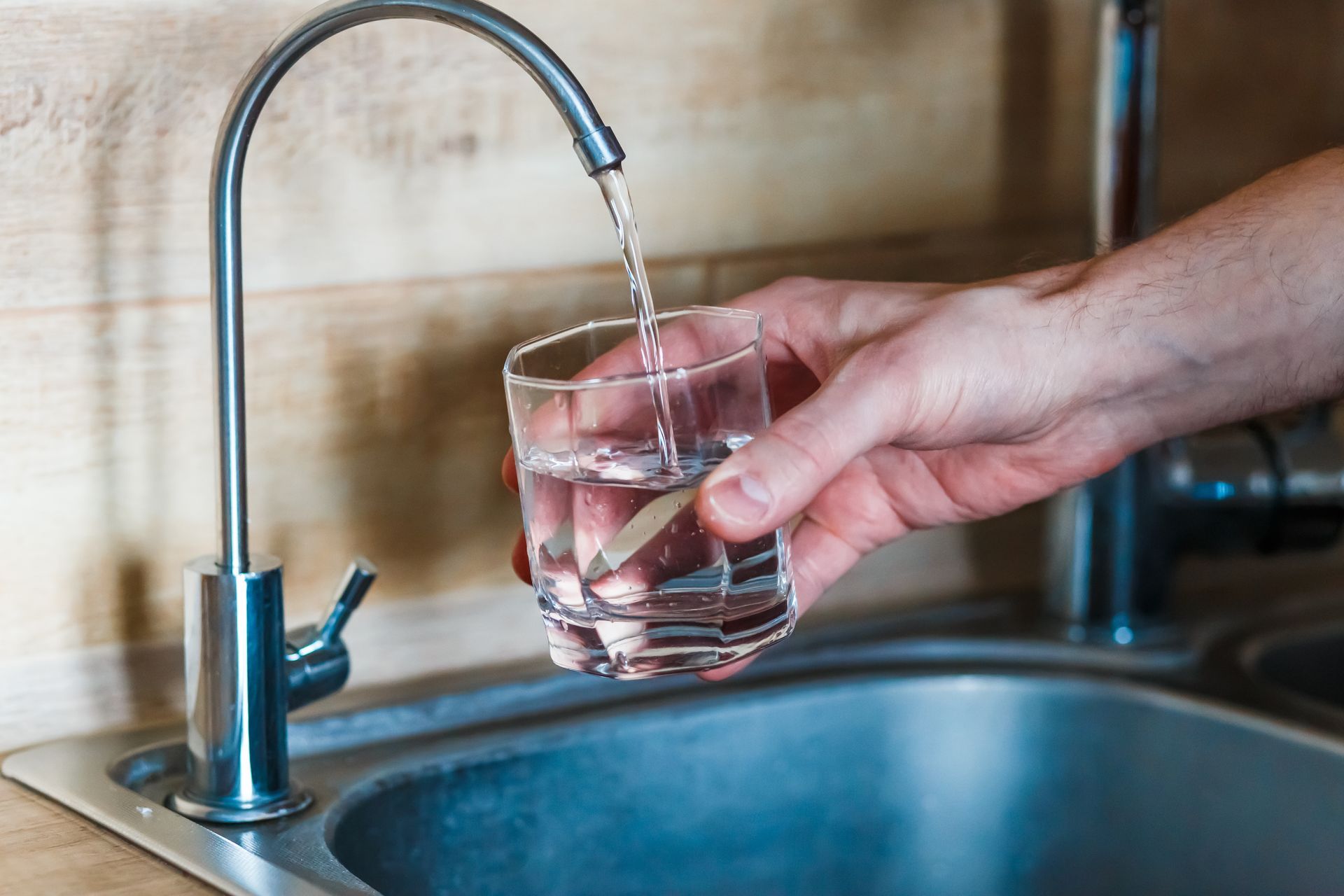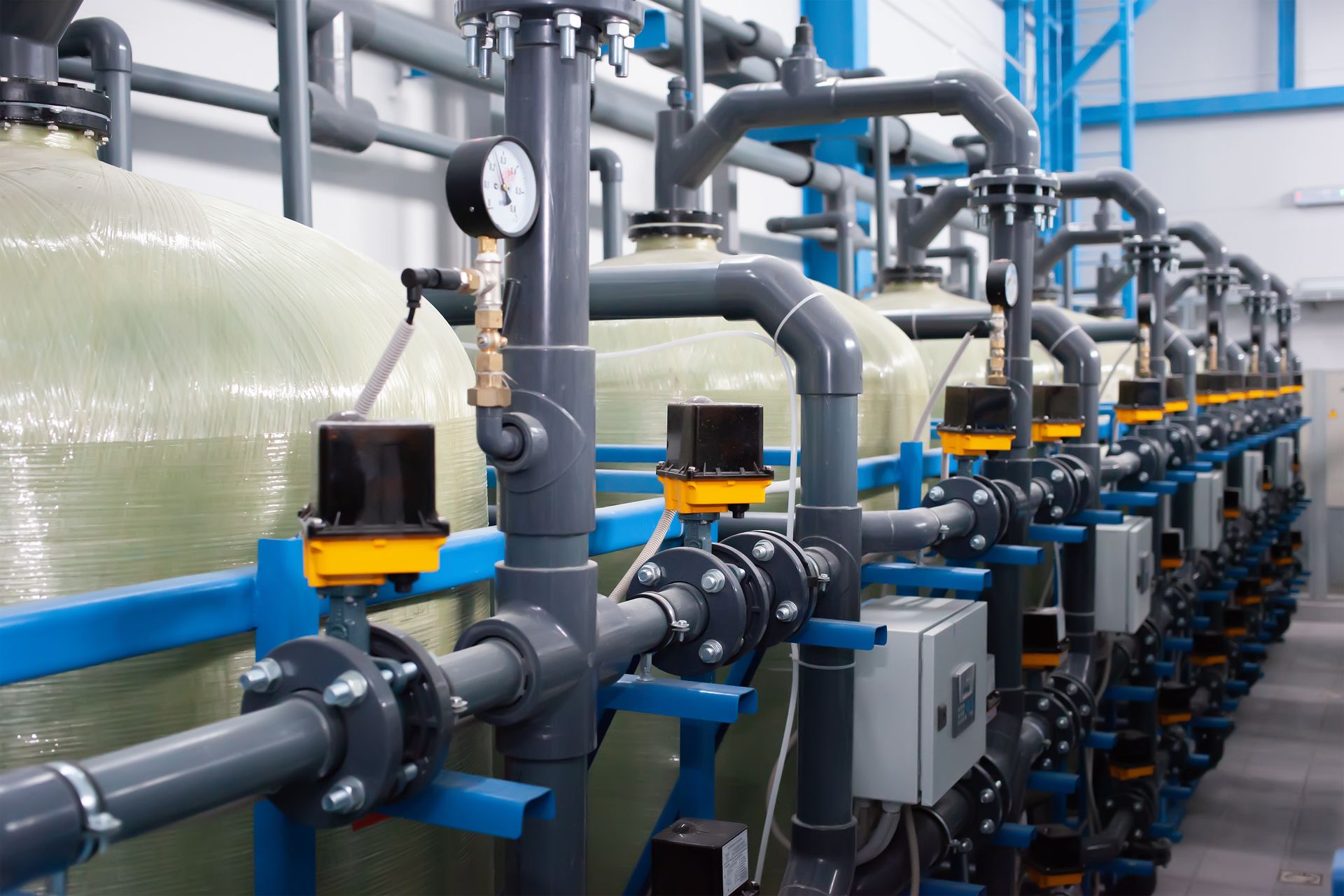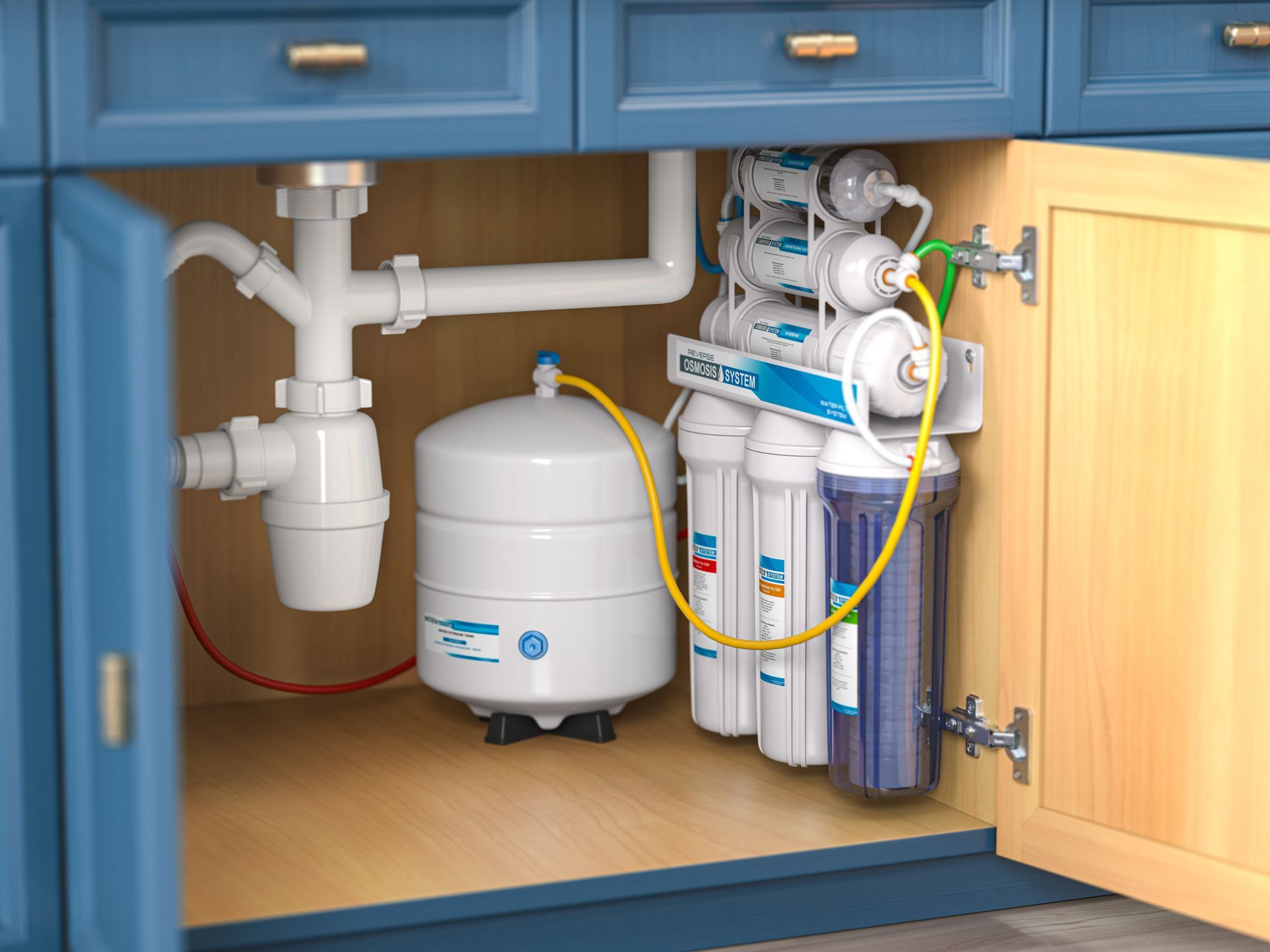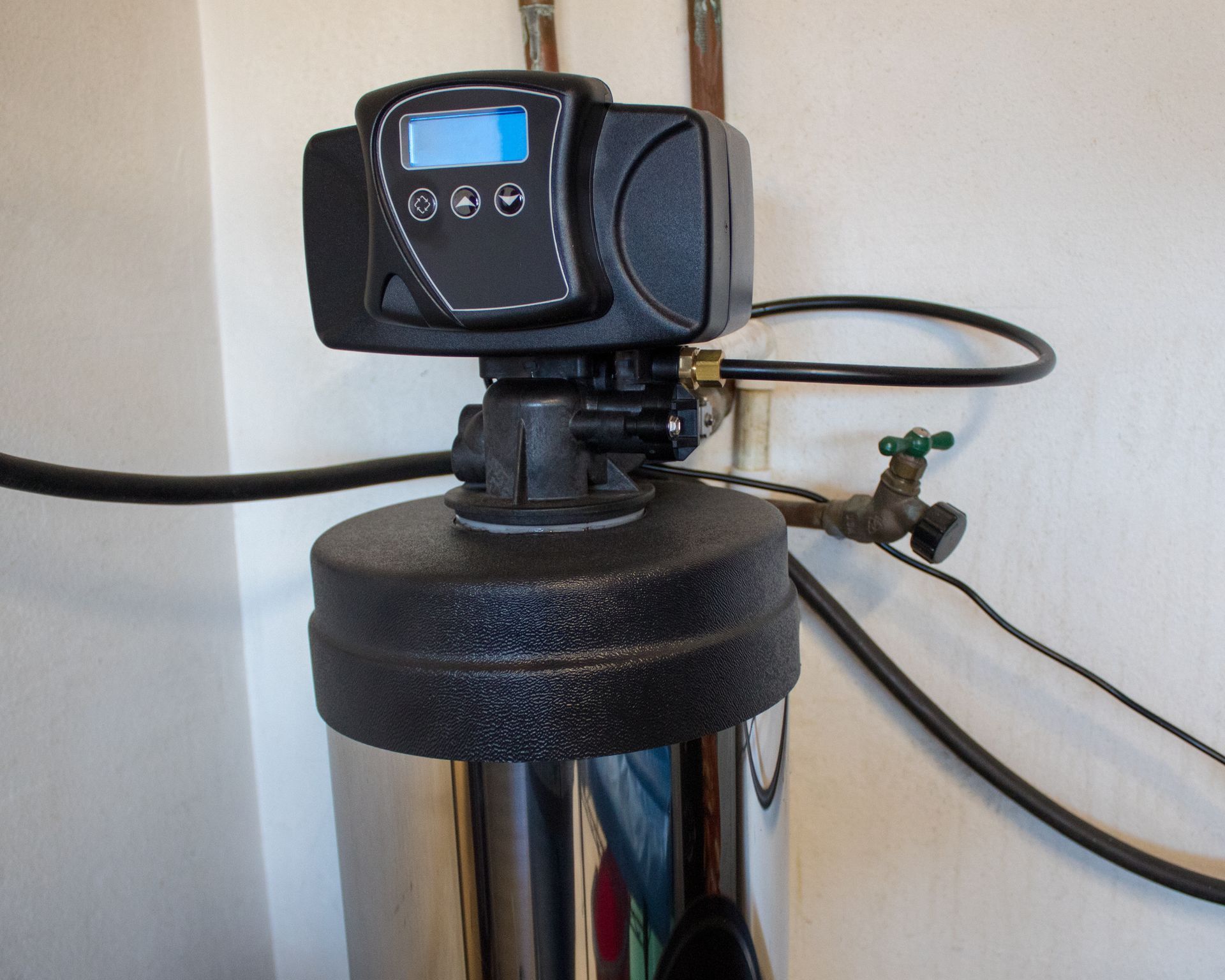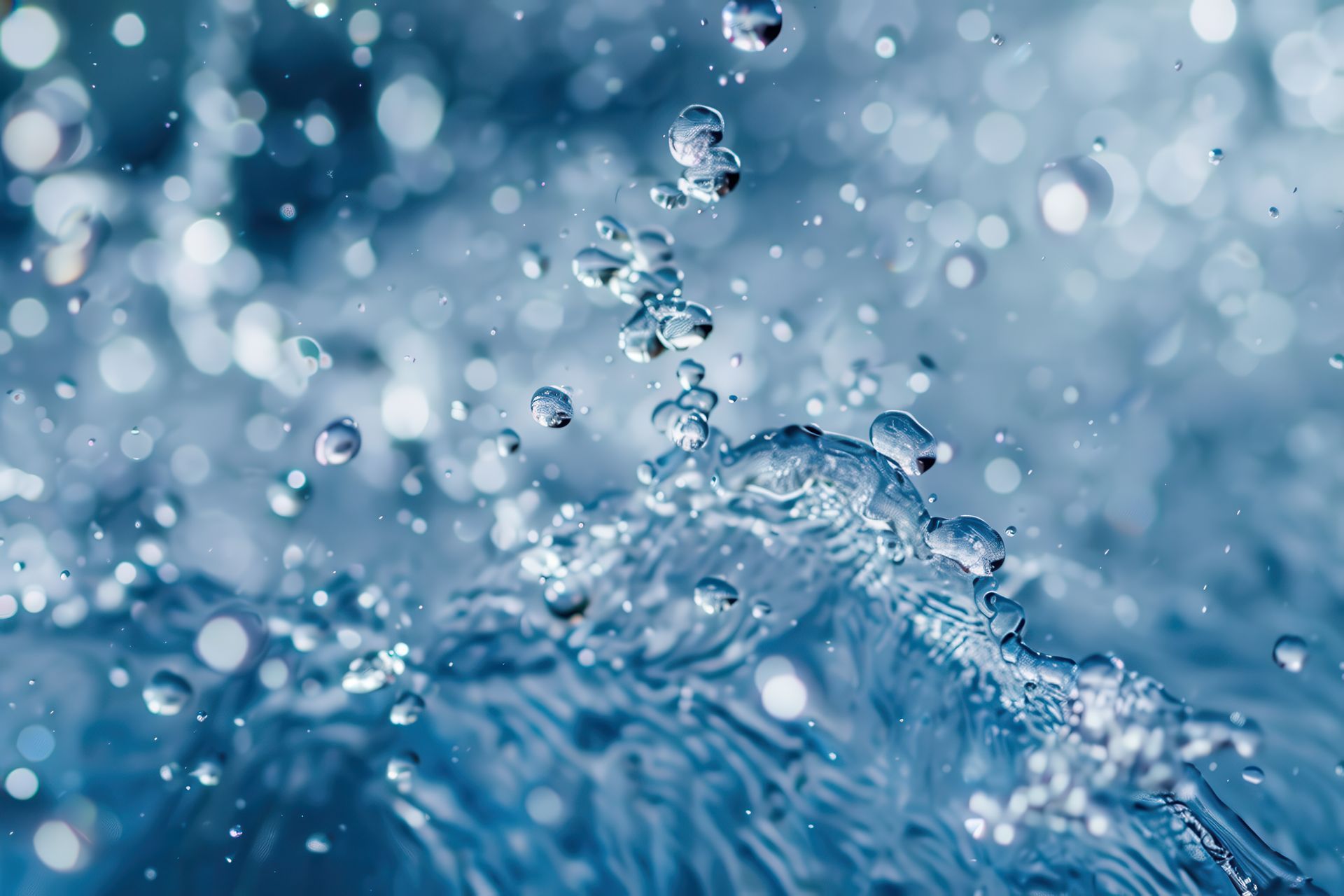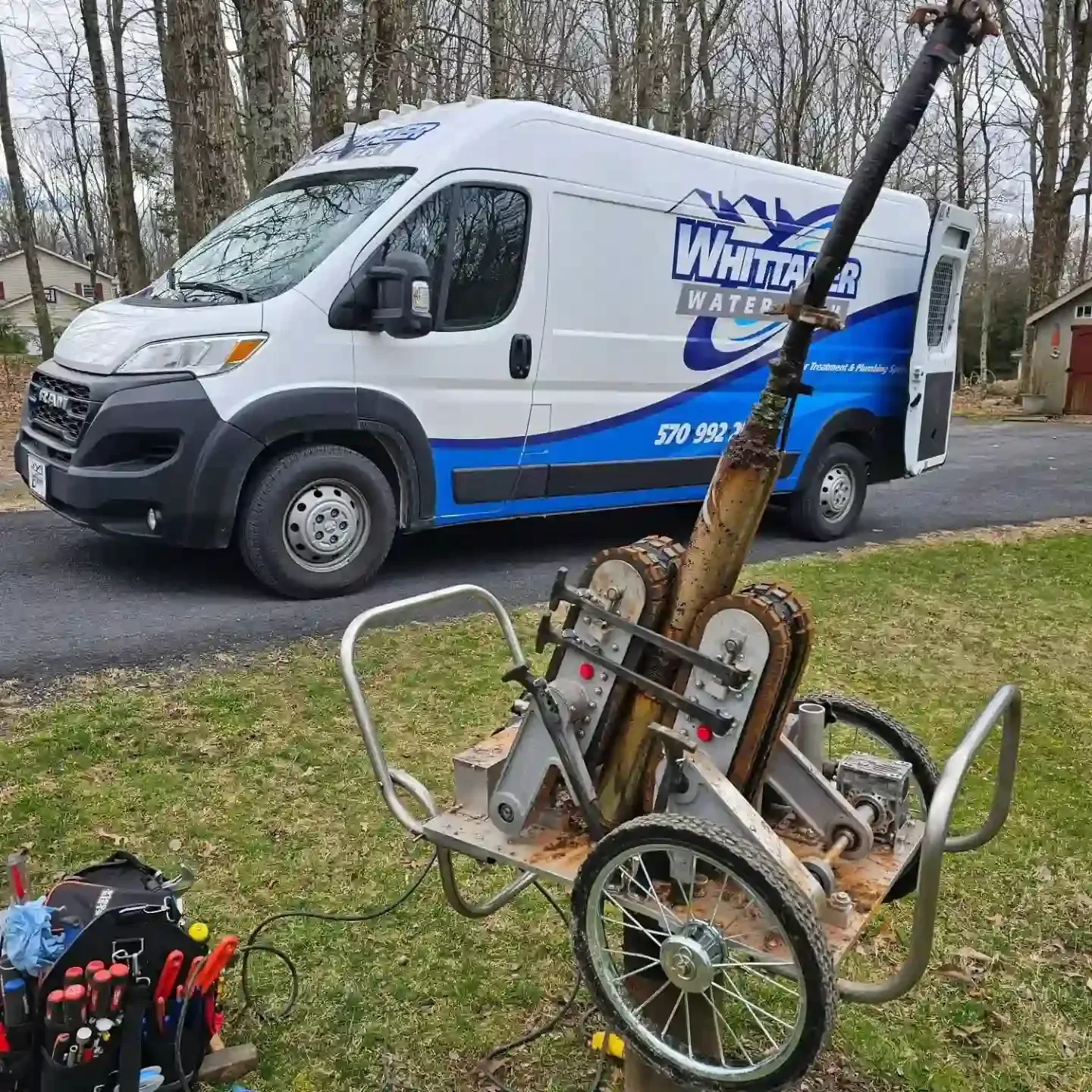How Often Should You Clean Your Water Softener in the Fall?
September 5, 2025
As the seasons change, many homeowners overlook the importance of water softener maintenance. Fall is a particularly critical time because temperature fluctuations, increased indoor water use, and leftover mineral buildup from summer can affect your system’s performance. Regular cleaning ensures your water softener continues to provide soft, clean water while preventing costly repairs.
A well-maintained water softener helps prolong the life of plumbing fixtures, reduces scale buildup in appliances, and improves overall water quality. For homeowners in Pennsylvania and surrounding areas, fall is the perfect season to perform a thorough inspection and cleaning of your salt-based or salt-free water softener.
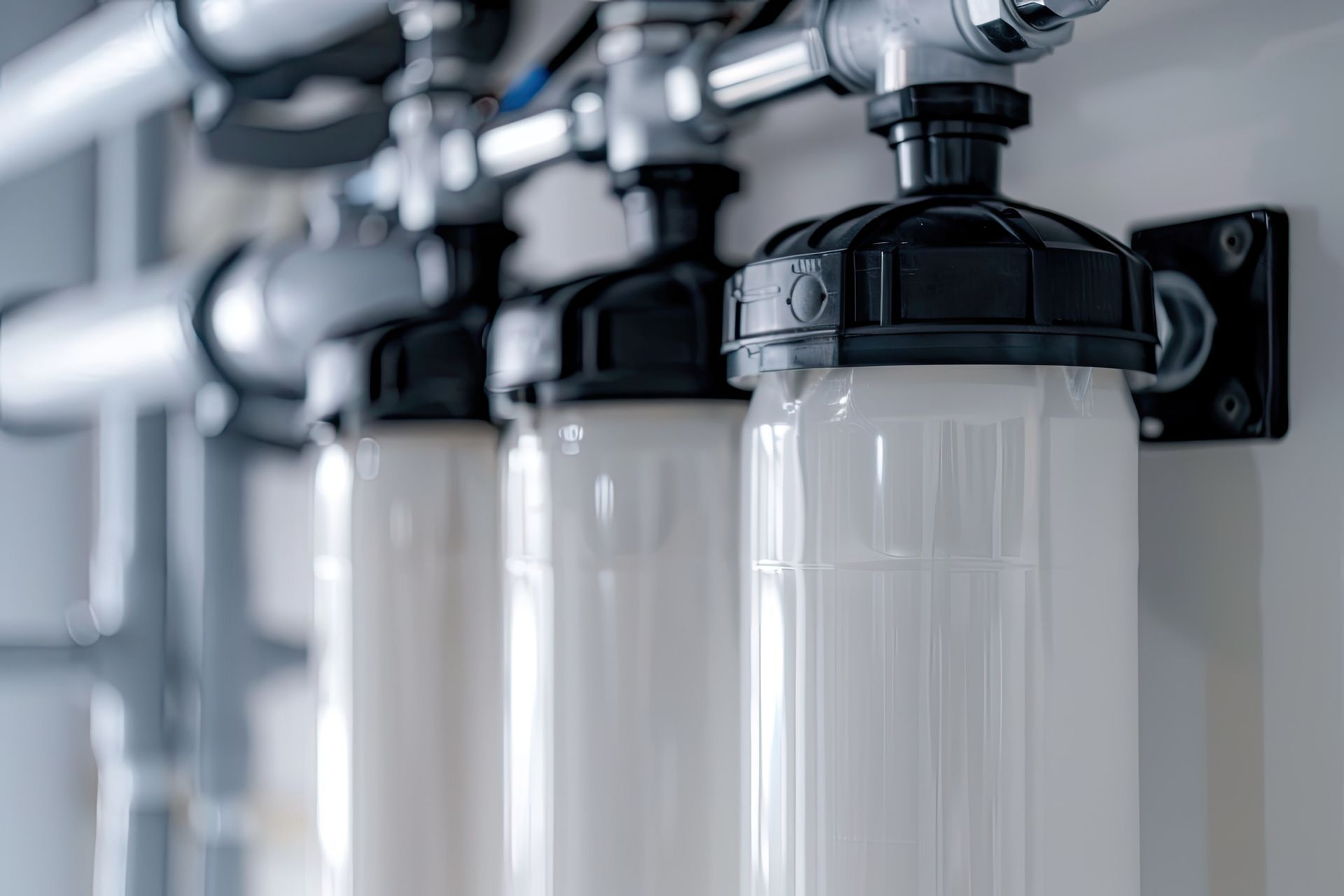
How Often Should You Clean Your Water Softener?
The cleaning schedule for a water softener can depend on several factors, including your household size, water hardness, and the type of system you own.
1. Salt-Based Water Softeners
For traditional salt-based water softeners, it’s recommended to:
- Check and clean the brine tank at least once a year, ideally in the fall.
- Remove any salt bridges that may have formed, preventing proper regeneration.
- Rinse the resin bed as needed to remove mineral buildup.
These steps ensure your system regenerates efficiently and provides soft water consistently.
2. Salt-Free Water Softeners
Salt-free water softeners use a different process to prevent scale buildup but still require maintenance:
- Inspect the system for sediment and mineral deposits at least twice a year.
- Flush the system according to manufacturer guidelines, which often includes a fall cleaning.
- Replace filters as necessary to maintain optimal performance.
Even though salt-free systems don’t require salt replenishment, skipping regular maintenance can reduce effectiveness and strain your plumbing.
Signs Your Water Softener Needs Cleaning
Homeowners should look for these warning signs that a water softener cleaning is overdue:
- Hard water spots on dishes or faucets
- Reduced water flow or pressure
- Salt bridges or crusted salt in the brine tank
- Unusual odors in soft water
- Poorly regenerated resin beads
Regular inspection in the fall can prevent these problems and help maintain a consistent water softening process throughout the winter months.
Tips for Maintaining Your Water Softener This Fall
- Use high-quality salt for salt-based systems to reduce impurities.
- Clean the brine tank with warm water and a mild soap solution.
- Check the resin bed and rinse it as needed to remove accumulated minerals.
- Schedule professional maintenance with a trusted company like Whittaker Water Tech for thorough cleaning and inspection.
Professional service ensures your water softener is fully operational and ready for the colder months, helping you avoid unexpected failures and water quality issues.
Why Regular Water Softener Maintenance Matters
Maintaining your water softener offers several benefits:
- Improved water quality: Protects your family and appliances from hard water damage.
- Increased system efficiency: Ensures your softener works effectively, reducing energy and salt use.
- Extended lifespan: Proper cleaning and maintenance prevent premature wear and system failure.
- Cost savings: Avoid expensive repairs and replacements by staying proactive.
By following a fall cleaning schedule, you protect your home and maintain soft, clean water year-round.
Schedule Your Water Softener Maintenance with Whittaker Water Tech
At Whittaker Water Tech, we specialize in water softener maintenance and cleaning for both salt-based and salt-free systems. Our team ensures your system is ready for winter, free of mineral buildup, and operating at peak efficiency. Don’t wait until problems arise—schedule a professional service today to maintain your home’s water quality and efficiency.

